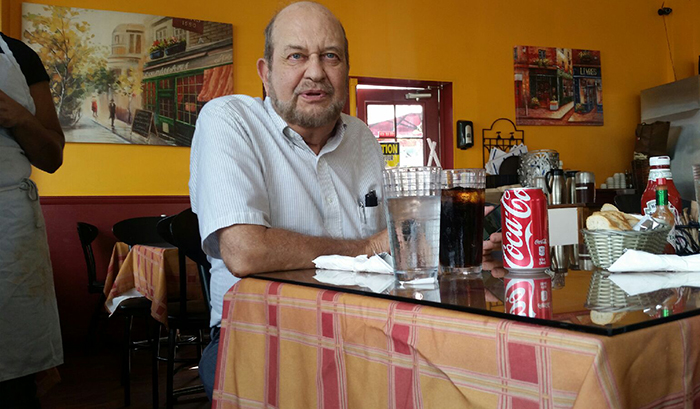If all goes according to the plans of a relatively new environmental agency, the most progressive part of California soon will inflict the most regressive tax known to America upon all its residents.
Because the wetlands around San Francisco Bay are fast drying up, with many thousands of acres developed and wildlife habitats threatened and shrinking, the seven-year-old Bay Restoration Agency wants to add $12 a year to the tax bill for each parcel of land in nine counties surrounding the Bay.
That’s right, the owner of a one-room shack deep in the Hamilton Range of Alameda and Santa Clara counties would pay the same $12 assessed against the billion-dollar complexes of companies like Google and Apple Computer in the heart of Silicon Valley. Yes, they are each built on several parcels, so their parcel tax levies each might total $120 or so, still as unfair as it gets.
Parcel taxes gradually have become the rage in California over the last 40 years. This happened largely because of the 1971 Serrano v. Priest decision of the California Supreme Court, which sees more than half of most new property tax assessments by school districts sent to Sacramento for dispersion among the poorest districts in the state. Parcel taxes are the only kind whose take stays completely at home, to be used for local purposes where it is raised.
In some cities, this sees factories and luxury hotels paying the same amount as owners of small houses or one-bedroom condominiums. Renters see all or most of such levies passed through to them.
Even backers of many parcel tax plans often admit the levy is inherently unfair, taxing the poor the same amount as wealthy corporations. That is one reason some parcel taxes exempt property owned by senior citizens.
As with schools, which use the money for everything from construction to curriculum, the cause for the proposed new 20-year Bay Area parcel tax is admirable. The levy will be up for a vote in the June primary election in all nine counties involved, with a two-thirds vote for approval needed for passage.
It would raise $500 million over two decades, funding clean water projects, pollution prevention and restoration of about 35,000 wetlands acres along the shores of the Bay. That would just about double the land area now available to the 1 million shore birds in the area, which contained about 200,000 wetland acres at the time of the Gold Rush. It would improve commercial fishing for herring and other species.
Much of the land to be restored can easily be seen from airplanes landing at San Francisco International Airport – the salt flats once owned by the Leslie and Cargill companies, which are now available for restoration with no funds available for the work.
Another aim of the project would be to protect the wetlands and nearby cities from rising sea levels predicted by most climate scientists. The Restoration Authority operates on the belief that rising oceans could push water levels in the Bay up by more than three feet before the end of this century, with shoreline areas in Marin County and the East Bay most vulnerable to the flooding. Schools, airports, seaports, freeways, electricity generation and much more would at peril under that scenario, which the new money is supposed to mitigate.
Why Should Others Get More?
“This parcel tax will bring in more money…and could be used as a leverage for federal matching funds,” said a scientist for the environmental group, San Francisco Baykeeper. He complained that other wetland areas like the Chesapeake Bay, Puget Sound and the Everglades now get far more in federal conservation funds than the Bay Area, which gets only about $5 million a year in federal water quality improvement funds.
The money would build new hiking trails and improve availability of swimming and boating.
That is all admirable, as are the improvements to public schools now largely paid for by parcel taxes. It doesn’t make parcel taxes equitable, though.
While the Bay area parcel tax proposal is supported by Save the Bay, the Silicon Valley Leadership Group and Ducks Unlimited, there is no significant opposition, largely because the amounts at stake seem insignificant to wealthy interests.
It remains to be seen if a two-thirds majority of voters even in the ultra-liberal, environmentally-friendly Bay Area will vote to tax themselves unfairly for decades to come.
Mr. Elias may be contacted at tdelias@aol.com. His book, “The Burzynski Breakthrough: The Most Promising Cancer Treatment and the Government’s Campaign to Squelch It,” is now available in a soft cover fourth edition. For more Elias columns, go to www.californiafocus.net

